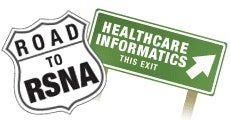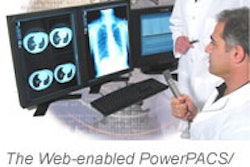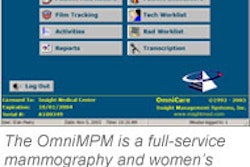A cornucopia of radiology informatics choices awaits this year's RSNA attendees. The RIS sector offers solutions ranging from a few workstations at a single location to desktop coverage across an independent delivery network.

Meanwhile, integrated RIS/PACS hybrids are becoming ubiquitous as image and information vendors continue to combine forces. In fact, this year has witnessed traditional PACS vendors entering the RIS market and traditional RIS vendors crossing over into PACS. Developers in both the RIS and PACS world have responded to the market’s demand for functioning HIS-RIS-PACS interfaces with DICOM modality worklist broker interfaces, brokerless connectivity, and HL7 interface engines.
As the RIS market has matured, the systems have expanded far beyond their early capabilities. RIS applications regularly include features such as registration and scheduling, speech recognition, digital dictation and transcription, personal digital assistant (PDA) support, accounting and billing, mammography tracking, document imaging and management, data analysis and management reporting. They monitor e-signatures, referring physician preferences and access, while tracking staff time, continuing education, workflow, and competencies. There is equipment service and inventory tracking too, along with electronic-bulletin boards, secure e-mail, instant messaging, auto-faxing, and HIPAA auditing.
Vendors are offering users the option of selecting some or all of the RIS application features in modular, cafeteria-style packages that allow informatics solutions to be tailored to the individual practice’s needs.
In addition to putting feature-rich applications on the market, RIS companies have created configuration alternatives that range from software-only acquisitions to hardware and software combinations, as well as application service provider (ASP) models.
And as the market has matured over the year, the pricing schemes for RIS seem to have become as flexible as the feature and configuration options. Besides offering a simple purchase choice for their applications, vendors have created subscription options, volume-based pricing incentives, monthly leasing alternatives, free or discounted training and maintenance support, and fee-per-use models to work within a radiology group’s budget.
To find out more about what RIS developers will be showcasing at the 2003 RSNA, just click on the links below.
By Jonathan S. BatchelorAuntMinnie.com staff writer
November 13, 2003



















